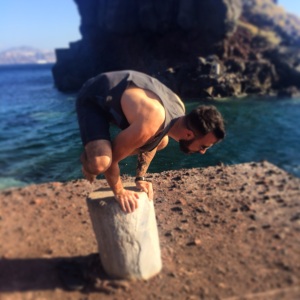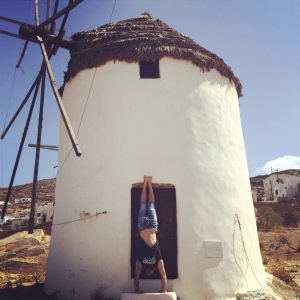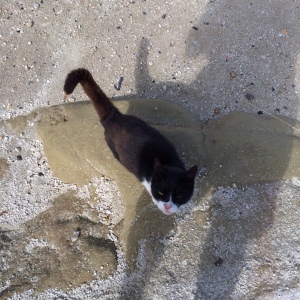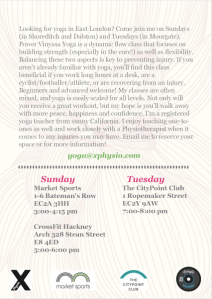Hello! I hope you are well and trying to stay positive about the next month or so… I just wanted to reassure you about the continuity of your ongoing treatment. XPhysio remains remains… 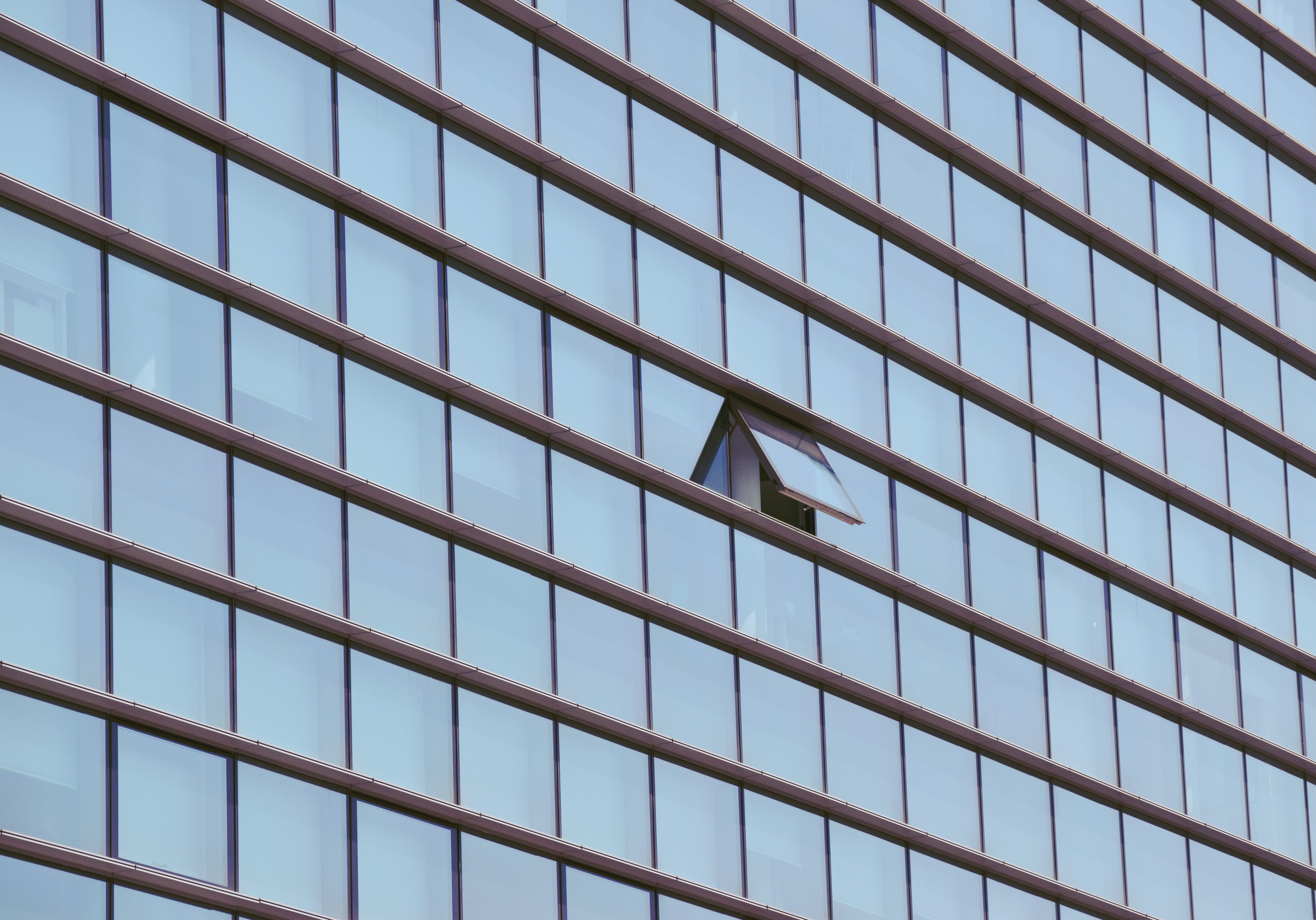 With the announcement over the weekend, I want to update you on our services. As healthcare providers, Physiotherapists are classified as an essential service. XPhysio will remain open as normal. We will continue to follow government guidelines as well as guidelines from Public Health England and our own regulating bodies. Your safety is paramount and we will continue to follow all covid-secure policies in order to remain open. XPhysio will keep you updated with any changes to government policy that affect our services. If you have any questions or concerns regarding any future treatment or upcoming sessions, please do not hesitate in contacting me. See you soon. Emerson XPhysio |
Category Archives: yoga
XPhysio clinics reopen this week – Monday 18/05/20
XPhysio clinics open from Monday 18th May 2020
Following recently updated guidance (12th May 2020) from NHS England and the Chartered Society of Physiotherapy, we will be offering selective ‘face to face’ appointments from next week. We shall also continue to offer remote consultations.
Any new patients requesting a ‘face to face’ consultation will first receive a brief telephone consultation from one of our clinicians to assess clinical need and screen for any additional risk factors.
Physical appointments will then be offered if deemed clinically appropriate and necessary.
To make an appointment please email info@xphysio.com
After the initial ‘face to face’ consultation, it will be agreed between the patient and therapist whether future treatment sessions can be delivered remotely or if their is a need for ongoing ‘face to face’ sessions.
Our clinic’s locations currently offering ‘face to face’ consultations are Angel N1, Bury Street EC3A (next to the Gherkin) and Dalston E8.

Our 3 Principles for re-opening – Hygiene, Confidence
and Communication
Hygiene – All reasonable infection prevention and control measures are in place and compliant with Public Health England guidelines
Confidence – Patients, staff and the general public can have the confidence of XPhysio’s ongoing commitment to ensuring all safety measures are in place and followed at all times
Communication – XPhysio will be forthcoming with communication to patients, staff and general public at all times – via website updates, blogs, direct communication with all patients booking to attend and on-site information from staff.
The health and safety of our patients and staff are always paramount.
We have been preparing thorough risk assessments for every aspect of our clinic environment and the patient journey to ensure we provide the cleanest and safest environment possible. We have been in contact with industry experts to ensure that our infection prevention and control measures along with PPE (personal protective equipment) not only complies with current guidelines and protocols, but also to minimise any risks of transmission of COVID-19 during treatment sessions. We will continue to follow the guidelines set out by the government and NHS England and respond to any changes to ensure we comply with all the necessary social distancing and personal protective equipment (PPE) protocols .
10 step plan for clinic re-opening
1/ We shall be significantly increasing the level and frequency of cleaning for our clinic sites. Our clinics will be undergoing regular deep cleans to ensure we maintain the highest levels of hygiene within the clinic. Industry recommended virucidal disinfectant cleaning products will be used to minimise the risk of contamination
2/ Face to face appointments will only be offered to patients where effective treatment cannot reasonably be carried out remotely – patients will receive telephone screening consultation
3/ All patients and staff are advised not to attend our clinic if they are displaying possible signs of COVID-19 or if they should be self-isolating under current government guidelines. Patients and staff will be screened before their appointment to ensure they do not have any Covid-19 symptoms
4/ All staff and patients will be temperature checked on entering the clinic and advised not to enter if their temperature > 37.8 Celsius.
5/ Waiting areas and appointment times will be organised to ensure social distancing guidelines can be maintained (2 metres are kept between patients)
6/ Our clinicians will be wearing all the necessary PPE including surgical masks, gloves and aprons at all times during your appointment. If there is any chance of ‘splash back’ from bodily fluids e.g. during exercise, injection therapy, acupuncture or manual therapy, your clinician will wear a visor or eye protection.
7/ We will be operating a significantly reduced service to minimise the number of patients and staff in the clinic at one time
8/ We will be extending our opening hours to spread the flow of patients evenly throughout the day
9/ Between each patient we will allow 15 minutes to deep clean all surfaces using virucidal disinfectant and change the necessary PPE
10/ We can guarantee you these measures will not affect your standard of care
Our aim is to allow patients to attend our clinics with upmost confidence. We are committed to the highest levels of patient care and also transparency in how we operate. If you have any questions or feedback with regards to any of the information above please do not hesitate to contact us. If you would like further information regarding our social distancing measures or PPE guidelines then please do not hesitate in contacting me.
Stay safe.
Emerson
XPhysio
emerson@xphysio.com | 07903 247247
References:
https://www.csp.org.uk/news/coronavirus/clinical-guidance/face-face-or-remote-consultations/guidance-england
https://www.gov.uk/government/publications/wuhan-novel-coronavirus-infection-prevention-and-control
CrossFit open 2018 and managing injuries…
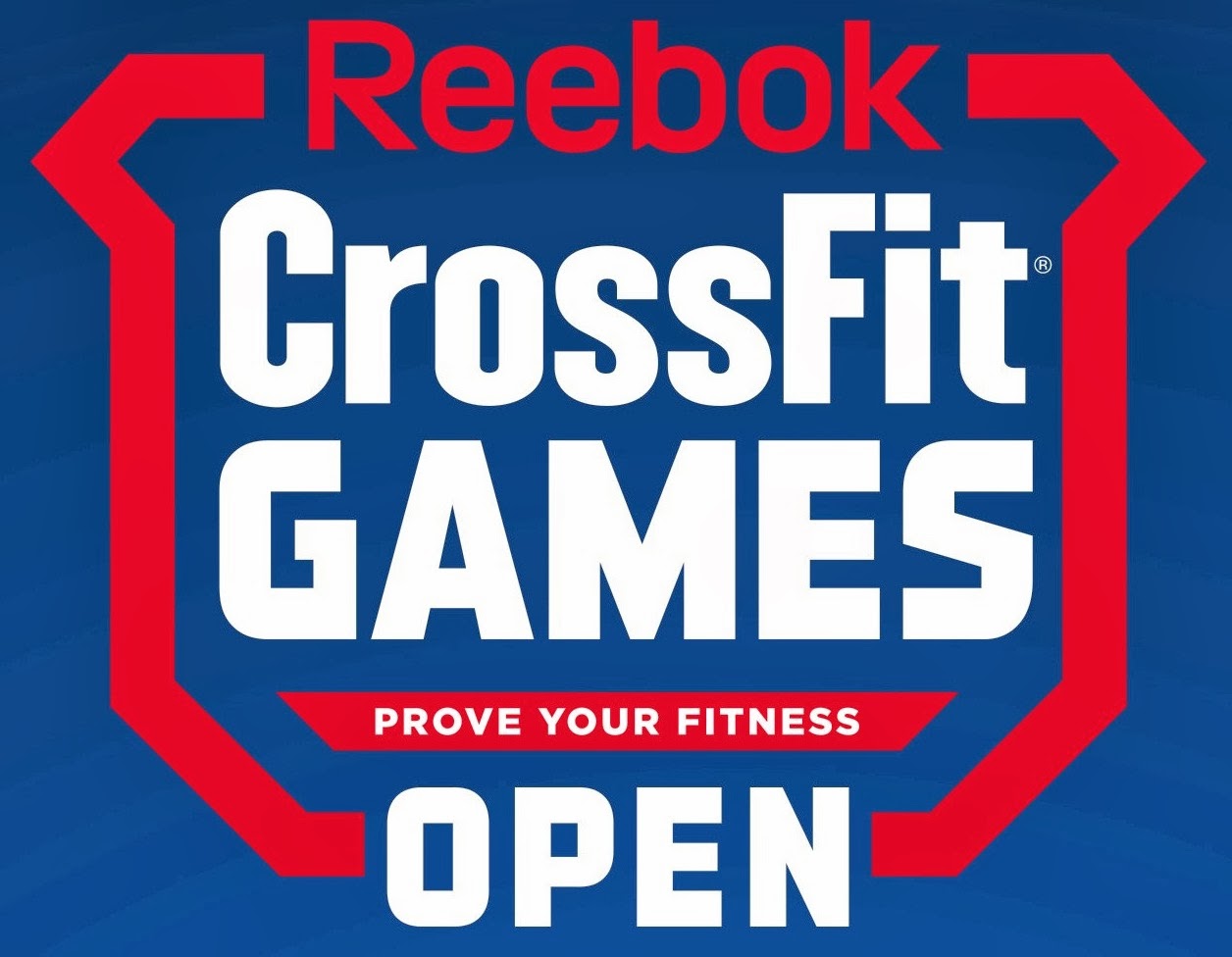
The CrossFit open 2018 is almost upon us…
Over 500,000 people will likely participate this year and it will be a test!
Managing acute soft tissue injuries!
I suppose this is as good a time as any to talk about managing acute (and in some cases chronic) soft tissue injuries when is competition and training. As a Physiotherapist that has been involved in sport, who treats athletes of all levels and also worked in A&E for four years, I think that I am well placed to comment. Plus the fact that ‘what should I do if I injure myself?’ is probably one of the most common questions that I get asked! Depending on who you speak to you, you will probably get a number of suggestions.
Most people have heard of PRICE (Protect, Rest, Ice, Compression, Elevation) but have we moved on from this?
Let’s classify soft tissue as muscle, tendon or ligament and acute as an injury less than 48 hours old. This would include muscular back or neck pain, peripheral joint strains (ankle, knee, elbow etc), tendon (muscle-to-bone) issues (achilles, rotator cuff etc) and ligaments (bone-to-bone) such as the collateral ligaments of the knee or fingers.
The basic healing cycle

Pain relief – Paracetamol V NSAID (Non-steroidal anti-inflammatory drugs)
Concern has been raised over the use of Non-steroidal anti-inflammatory medications (NSAIDs – Ibuprofen, Naproxen, Diclofenac etc) in the early stage of injury management. This is largely due to the theory that the natural healing cycle requires the first inflammatory phase (see image below) to effectively repair injured tissue therefore trying to stop this stage too early may result in a delay overall. Evidence suggests that using NSAIDs too early (the first 24-48 hours) may compromise long-term healing. In addition, when specifically talking about muscular injuries, the early use of NSAIDs may promote increased bleeding and swelling due to decreasing platelet aggregation. This awareness of adverse thrombotic events is to be considered when weighing up risk v benefit. The use of Paracetamol as the first line of pain relief is therefore more universally accepted. It is just as effective an analgesic without the adverse effects. Obviously, you should always seek advice from your Doctor, prescribing therapist or Pharmacist before taking things especially if you have other medical issues.
Protect
Significant ligament and tendon injuries need to be immobilised. We are talking about a high-grade tear – most of the tissue is disrupted. You will know if it is a bad injury if you get immediate swelling (ie. you have fluid aggregating within a few hours), if you have a physical restriction and if you can’t bear weight on the joint. Lesser grade tears will benefit from being immobilised for a short period (48-72 hours) to prevent further damage before being re-assessed.
Rest – when and for how long?
General rule of thumb, if something is very painful and / or swollen, the body is telling you to rest. Allow the swelling and pain to reduce by offloading the structures (use a crutch, tape, support or modified position). If there is significant swelling or restriction on movement certainly 48- 72 hours is a must before you start to load the area by stretching or exercising. Look again at the stages of healing as to why this is important. Tendons take the bulk of the force whilst doing ballistic movements (running, jumping, kipping) and need ample time to recover after intense sessions and on performing new movements. Respect this.
Ice – has this treatment been debunked now?
CrossFit movement guru Kelly Starret has done a nice little discussion on topics including Ice (based around Gary Rienl’s work – links below) and really it is very similar to the discussion around the use of NSAIDs. The advice now is actually not to use ice in the initial stages of an injury however it may be more useful to use it as you start to rehabilitate. As you start to move more, we would consider any residual or further swelling to be a waste product that you want to remove. There is still a real lack of quality studies to date, particularly randomised control studies. There isn’t even a general consensus about how often and for long you ice the area for currently.
https://www.youtube.com/watch?v=0UmJVgEWZu4
I would advocate the use of heat for muscular injuries and spasm to allow the muscles to settle and allow you to start moving more quickly.
Compression
There seems to be good evidence that compression can prevent further bleeding, prevents seepage into surrounding tissue and help disperse fluid. Compression increases hydrostatic pressure and increases the effectiveness of the muscle pump, increasing venous return. Early compression is advocated in the first 72 hours, from distal to proximal in direction. Apply the compression a minimum of six inches above and below the main injury site. Do not keep compression on when lying down (sleeping)
Elevation – transient effect?
Elevation lowers capillary hydrostatic pressure (think about the effect of the body as you descend in a pool of water). Capillary flow to the soft tissues is reduced and the buil-up of edema is consequently lowered. Unfortunately, the pressures return almost immediately when the limb is returned to below heart level. Again, there is very little clinical research on elevation. I suggest in the absence of harmful effects, elevate the limb when possible and overnight.
Return to training / modifications
Once you have managed the acute first stage, pain is negligible, and you are moving the area normally it may be safe to start loading the tissue. I would suggest gentle stretching, foam rolling and tissue mobilisation with bodyweight functional movements. For example – if you have a shoulder injury, start trying to regain normal shoulder overhead movement, before trying to do a handstand or overhead press (sounds sensible huh? You’d be amazed at the amount of people that simply head back to training to test it out or just chance it hoping for the best).
If you still have some pain, take you time and train around it. If your ankle is still sore and swollen, don’t do box jump, burpees, heavy squats – choose to modify or do some upper body stuff? The coaches are the best people to talk to this about and help you scale.
When to seek advice / investigation?
If in doubt, ask. Most sports practitioners will be happy to give you five minutes of advice over email or in person. Expect minor muscular strains to improve significantly over three to four days if given the right environment to do so. Expect ligament and tendon strains to improve over three to four weeks. Expect higher grade sprain and tears to take six to eight weeks to start feeling normal again.
If you injure yourself and you cannot weight-bear, are in excruciating pain, can see that something is obviously misplaced or missing and /or if the area is hot or looks infected (you will likely feel unwell and have a temperature) then get yourself to A&E and get checked out.
If you think you have a soft tissue injury and it doesn’t improve as expected after three to four days, book in to see someone to get a proper diagnosis. Worth the money and will get you back lifting quicker and more safely in the long run. Advice on the correct management of injuries is the key to recovery!
Have a great open guys and stay injury free!
Emerson
Pec mobility drills… for everyone!
Shoulder problems?
With many injuries and restrictions I find the the pectoralis minor is often very tight and more importantly weak.
Whether this is the symptom, cause or just a secondary factor, mobilising this region is very useful.
This is a nice routine to work on the #mobility of this often tight and prohibited region.
Try:
– 10 reps arm @ 90 degrees palm up
– 10 reps @ 90 degrees palm down
– 10 reps @ 100, 110, etc Palm down depending on your restriction
– Finally you can lift the shoulder off the ground for 30 seconds to stretch out.
Test length / movement before and retest after. I like this pre and post-lifting, especially for any overhead movements #pullups #snatch #OHP # muscleups #physio #crossfit #rehab #WOD
New Canary Wharf clinic – CrossFit Thames!

Physiotherapy @ CrossFit Thames
Sunday 13/08/17
10-12 noon
Emerson (XPhysio) is a sports Physiotherapist and CrossFitter. He works regularly with weightlifters, gymnasts, athletes and weekend warriors to assist them in staying healthy and reaching their training and competitive goals.
He will be running a FREE injury clinic on Sunday 13th August between 10-12 noon. These are 20 minute appointments for injury assessment and advice. So, if you are having any aches and pains that you are not sure about, new or are simply re-occurring, then pop in for a chat! The session will consist of a movement screen with emphasis on any specific injuries with advice.
I will then be holding regular weekly clinics at CrossFit Thames – WEDNESDAY PM!
You can book in by emailing:
For information about how to book in for Physio, please speak to Coach Phil!
Free injury advice clinic 14/05/16 @ CrossFit Hackney!
Injury clinic – Saturday 14/05/16
Hi all!
I’m running a free ‘niggles’ clinic on Saturday 14th May between 9-11am. They will be approx. 20 minutes injury assessment and advice sessions. So if you are having any aches and pains that you are not sure about, new or simply niggling then pop in for a chat!
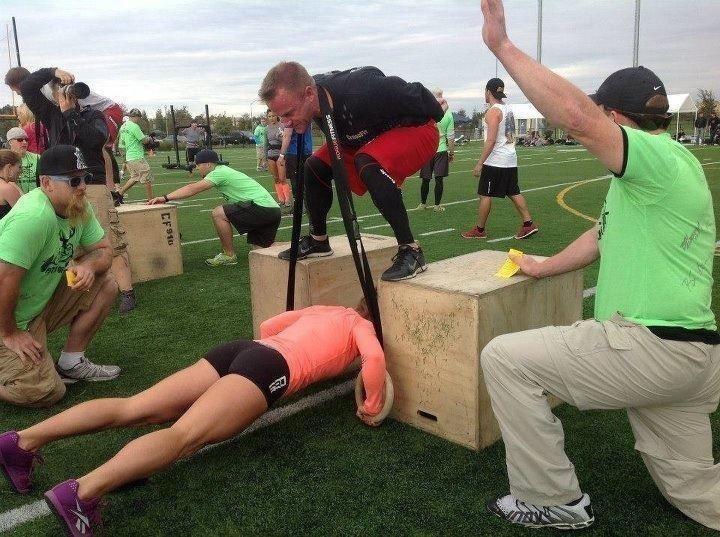
First come, first served so please contact me at emerson@xphysio.com or on 07903 247247 to book in. Open to all CrossFitters!
Momentum (CrossFit Hackney) |Arch 328 Stean Street | Hackney | E8 4ED
Thanks, Emerson (Physio)
Greece and Turkey… not Worlds apart really.
So as I mentioned in my last mini-post, I was luck enough to visit the Greek Cyclades, Athens and then Istanbul for my honeymoon!
I loved all of them. For different reasons. Universally however the people and the history are the draw.
Here are a few pictures and some recommendations if you happen to fin yourself that way in the near future!
First stop Santorini in the Greek Cyclades! Known mainly for it’s amazing sunsets. I stayed in Oia, the north-western tip of this Volcanic Island.
Try to do a boat trip out to the volcano, swim and / or cliff jump at Armeni and obviously take in the sunsets at Oia – drink in hand!
For a quick bite to eat check out Pitogyros (https://www.facebook.com/pages/Traditional-Grill-House-pitogyros/308065952693772) – meat and bread! I also really liked Floga (http://www.floga-oia.com/) for breakfast and coffee with a great view of the dormant volcano. And I did venture out of Oia to Imerovigli and had a great feed at Avocado (http://www.avocadosantorini.gr/) with great service.
Always time for a bit of yoga… crow pose.
Armeni port in Oia. Brace yourselves for the the 275 steps back up on the donkey trail!
My little mate the Praying mantis. Same spot, two nights running.
Obligatory sunset!
Ios! Known as the party Island but there is more to this rock that that! YA few Islands south of Santorini, you can get the ferry very easily (takes about 40 minutes). Lovely people, picturesque village and beautiful beaches. Rent a jeep and go and explore the mountains and hidden coves! Religious? Ios has 365 churches – one for every day of the year!
For eating and drinking I love the Octopus Tree (https://www.facebook.com/pages/The-Octopus-Tree-Ios-Greece/130766903680203) down at the port for traditional food and to mingle with the locals. The other must is Katogi (https://www.facebook.com/katogios). Cool little hipster place with great food!
Old Roman Amphitheatre!
Windmills and handstands.
After the sunset in Ios.
Still in the Cyclades – Milos. Two hours by ferry from Ios. This place feels like a traditional Greek Island. Less touristy. More spread out and again fantastic countryside, history and beaches. We rented another little jeep and explored the whole Island over three days! Visit the catacombs, hike around the the ruins of the villages (Greek and Roman) and then it is all about the beaches! Sarakiniko is pretty cool – moonscape type rocks and swimming holes! Kleftiko has the awesome oddly shaped rocks. Give the mining museum a miss…
Where to eat! Spoilt for choice here really. Check out O Hamos (http://www.ohamos-milos.gr/). Lovely food, very traditional and massive portions. At this point I had figured out that a starter and two mains max between two is more than enough. Eyes beat belly usually though don’t they! Gialos (http://www.gialos-pollonia.gr/) was good. Simple, clean food down by the port in Pollonia. The owner told us he is looking to open up in London soon too! Watch the sunset at the Utopia cafe in the capital of Plaka (https://el-gr.facebook.com/pages/Utopia-CafeMilos/225644387455126). Perfect.
An old cave network at Sarakiniko beach. Creepy.
Beach cat – there are cats everywhere in the cyclades! This one seemed to be living at Sarakiniko beach and was grateful for some water!
Another sunset…
Obligatory CrossFit movement with stunning background. Pistol squat… couldn’t resist.
I think that’s enough for now! I’ll post some bits about Athens and Istanbul next…
Back in clinic this week and we have a ultrasound clinic this Friday at Market Sports in Shoreditch so get in touch if you have any niggles you want looking at!
Emerson
Power Vinyasa Yoga in East London!
Yoga for CrossFit and for everyone else too!
So Yoga is back at CrossFit Hackney due to popular demand! Woohoo!
Put it in to your programming!
http://blog.lululemon.com/yoga-for-crossfit/
http://www.tabatatimes.com/10-reasons-why-crossfitters-should-start-practicing-yoga-5282013/
See you Sunday!
Emerson
Rolling, rolling, rolling… why are we foam rolling?
Keep rolling, rolling, rolling…
They are in every box, gym, yoga studio, and sports club in all shapes and sizes, textures and densities! I get a lot of questions about foam rollers!
How often? How hard? How long? Before or after exercise? Which muscles?
Chris Beardsley, a well-known sports science writer, wrote an informative article in 2013 looking at some of the evidence around foam rolling: http://www.strengthandconditioningresearch.com/2013/10/01/foam-rolling/
The article is well worth a read! It got me thinking so here is my take on things…
What tissues are we actually affecting?
Fascia – mainly. Fascia is an uninterrupted viscoelastic tissue, which forms a functional 3-dimensional collagen matrix. Basically, fascia surrounds and penetrates every structure in the body, head to toe. It is an innervated, continuous, functional organ of stability and motion. And it is tough!
What is foam rolling?
Foam rolling is a form of self-myofascial release. What is myofascial release? That is another well-debated subject! It has been suggested that applying pressures to tissues can:
1) Rehydrate tissues
2) Reduce pain (a neural response?)
3) Improve vascular function
4) Release trigger points and break up adhesions
5) Reduce the effects of DOMS (Delayed Onset Muscle Soreness
6) Improve tissue range of motion (ROM).
What is the evidence?
There is limited, good quality evidence; however, Chris Beardsley has summarised the findings so far:
1. Foam rolling may reduce arterial stiffness, improve arterial function and improve vascular endothelial function – therefore potentially increase blood flow.
2. Foam rolling may have no detrimental effects on athletic performance pre-workout – therefore no effect.
3. Foam rolling may increase joint ROM while not impeding the production of muscular force or rate of force development – pre workout mobility could increase range. It is at least as effective as static stretching however does not reduce performance which static stretching has been shown to do (http://journals.lww.com/nsca-jscr/Abstract/publishahead/Differential_effects_of_30_s_vs__60_s_static.97324.aspx)
4. Foam rolling does not acutely affect counter-movement, squat or depth jump performance. A dynamic warm-up is better.
5. There is mixed evidence on whether foam rolling increases flexibility long term.
6. Foam rolling reduces muscle soreness. A more recent study concluded that the reduced feeling of fatigue may allow participants to extend acute workout time and volume, which can lead to chronic performance enhancements (http://journals.lww.com/nsca-jscr/Abstract/2014/01000/The_Effects_of_Myofascial_Release_With_Foam.8.aspx).
When should you foam roll?
Based on the evidence and also clinical experience these are the recommendations:
– Foam roll myofascial structures to increase joint ROM pre-workout. Be specific – work on the areas that you have problems with and be specific to the exercise you are about to perform. Don’t replace a dynamic warm-up – supplement it.
– Use foam rolling post-workout for quicker short-term recovery.
– Regular use may help longer-term recovery and sustained performance.
– Make it functional – get into end of range or dynamic positions to mimic what you are going to exercise.
– It doesn’t work for everything – use other tools and types of mobility drills too!
How should I foam roll?
I work on trigger points. These have been well mapped out by Travell and Simon’s (http://www.triggerpoints.net/). Find a ‘tender’ or ‘tight’ spot, and then apply pressure with the roller for up to 20 seconds. IF it has started to ease, stay on it for another ten seconds then release. 30 seconds maximum – you don’t want an ischemic response, which will just be painful and may actually start to damage the tissue. Try to work through a few specific trigger points along the structure you are working on. Spend 60-90 seconds rolling out the area, then move on! This shouldn’t take you more than five minutes to be effective – even when looking at a large area like the lateral thigh / Illiotibial band (ITB).
I also really like it for thoracic extension – more of a joint mobilisation. Great pre-Olympic lifting and for any overhead movements where extension is key:
Other resources:
https://www.youtube.com/channel/UCnnB4zDBqZHhQ4uLTAX8eYA
http://catalysttrainingsystems.ca/2013/11/youre-not-stretching-what-you-think-youre-stretching-part-i/
http://catalysttrainingsystems.ca/2013/11/fascia-part-2/
Not a bad video demonstrating basic positions for foam rolling:
So there you have it! As always, if you have any questions please feel free to grab me or contact me!

